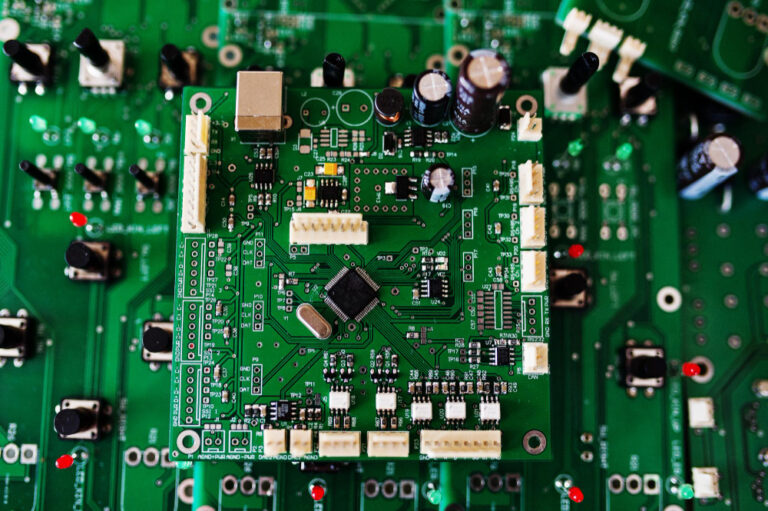Understanding the Sheet Metal Fabrication Process
Have you ever wondered how metal products with scrolls, curves or floral patterns are made? Think of airplane parts such as wing skins, aircraft structures, fuselages, weapons and automotive components. These are all products of the sheet metal fabrication process, which involves various stages, such as designing, cutting and forming. Read on to learn what sheet metal fabrication is and how it works.
What is sheet metal fabrication?
Sheet metal fabrication involves forming metal sheets into specific shapes or structures through various methods, including cutting, bending and assembling. For instance, a sheet of aluminum can be used as raw material for car hoods, doors, trunk lids or fenders.
Sheet metal fabrication is used in various industries, such as automotive, aerospace, construction and consumer goods. The work is done by skilled sheet metal fabricators, like the certified fabricators at Richards Sheet Metal, who ensure the metal components are produced to the exact specifications and high-quality standards.
The importance of precision in sheet metal fabrication
Precision in sheet metal fabrication refers to the accuracy and consistency with which metal parts are manufactured to meet specific design specifications. Precision sheet metal fabrication ensures that each component fits perfectly in the final assembly, functions as intended and meets industry standards. High precision involves meticulous attention to detail throughout fabrication, from design and material selection to cutting, forming and finishing. When looking for sheet metal fabrication services, you should consider the level of skills to ensure precision.
What is the sheet metal fabrication process?
The sheet metal fabrication process involves the following key stages, each vital in transforming raw materials into finished products.
1. Design and planning
Before fabrication begins, a detailed design of the final product is created. Skilled sheet fabricators use Computer-Aided Design (CAD) software to create precise 2D or 3D models of the part. This stage is crucial to ensure that the final product meets all specifications and requirements.
2. Cutting
Once the design is finalized, the next step is cutting the sheet metal to the desired shape and size. Several cutting methods are used, such as laser, plasma, water jet and shearing.
3. Bending
After cutting, the pieces are bent into the required shapes. This process is also called CNC folding. It uses press brakes, which apply a controlled force to the metal, causing it to bend along a specified line.
However, depending on the complexity of the product, fabricators can also use automated panel bending machines or robotic bend cells. Some of the most used techniques in bending include air bending, bottoming and coining.
4. Welding
Welding is joining two or more metal parts together by melting their edges and allowing them to fuse. Some of the most used welding techniques in sheet metal fabrication include MIG welding, robotic MIG welding, TIG welding and spot welding.
5. Finishing
At this point, you have an actual product, but it needs final touches to improve its appearance, durability and corrosion resistance. Several techniques can be used, including.
- Painting. Involves applying a protective and decorative coating.
- Powder coating. Involves applying a dry powder to the metal, which is then cured under heat to form a hard, durable finish.
- Anodizing. An electrochemical process that increases the thickness of the natural oxide layer on the surface of metal parts to improve corrosion resistance and appearance.
- Plating. Involves coating the metal with a thin layer of another metal, such as chrome or nickel, to enhance its properties.
6. Assembly
This involves putting the parts together so they can be packaged and delivered to the client.
Conclusion
Sheet metal fabrication is a complex and multifaceted process that requires a deep understanding of materials, tools and techniques. Whether pursuing a career in metal fabrication or simply looking to understand the process better, this information serves as a solid foundation.







